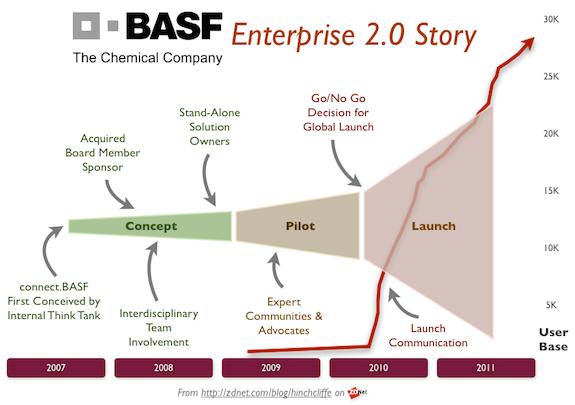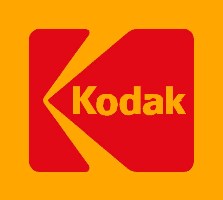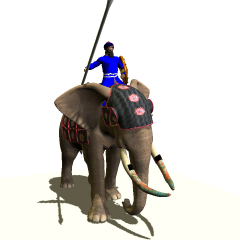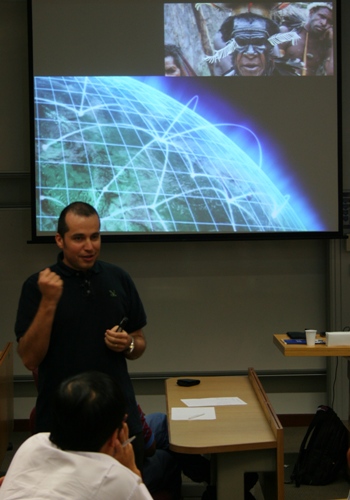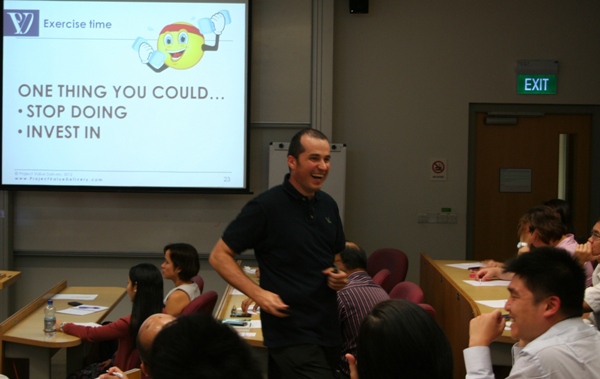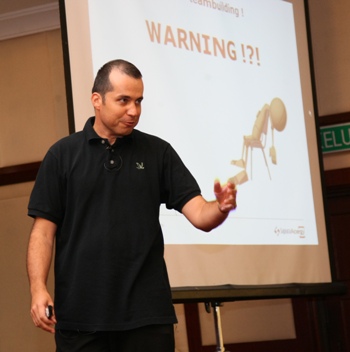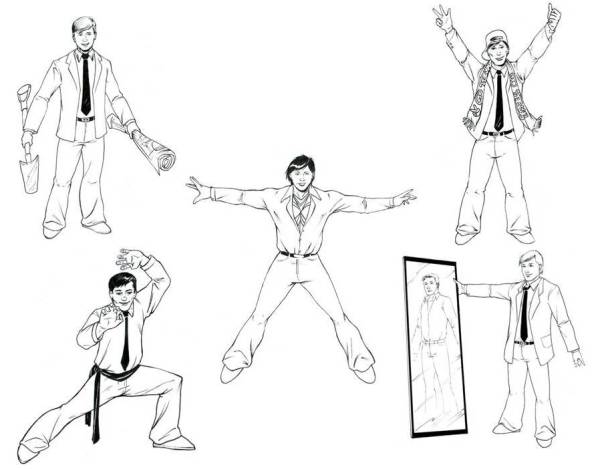In this final post on the topic of complexity (read “How the Fourth Revolution brings us from the complicated to the complex” and “What we can learn from complex systems to understand today’s world” if you’ve missed them), we take some lessons of how we can be prepared and take advantage of the freak events that shape the world.
Now we know that freak events are really those that shape our world. Events that come in unpredictably, with a strength which we had underestimated, and change forever the lives of millions of people. They shape society much more powerfully than any progressive change.
These are times of crisis, where the previous equilibrium is pushed out of balance, outside its naturally stabilizing protections. During some time that particular part of the world struggles to retrieve balance, finally reaching a different equilibrium, start of another period of relative stability.
As our world inter-connectivity grows, the impact of a freak event happening somewhere in the world spreads.

Last year the IT, automotive industries got struck worldwide by freak floods in Thailand; and many industries got struck by the Japanese tsunami – the nuclear industry worldwide, for example, will never be the same again. Are those events more frequent? Probably not. But their impact on the economy and on people around the world is now much greater.
How can the successful K.E.E.N. thrive in such a world? Yes, more surely than most people that try to keep the previous established order of things. A few principles apply, at first some basic defensive principles (risk management):
- Never believe the situation you’re in is stable. Don’t lower your guard. Freak events will happen, and they will surprise you. The future is not an extrapolation of the past. Be prepared for them, have some emergency reserves and keep safety margins;
- Diversify your income sources and try to minimize the possibility of common causes of failure;
- Don’t believe the world will be the same after a freak event.
- A well developed, worldwide network is a necessary asset that will protect the K.E.E.N. from excessive consequences; and the nomadic lifestyle of the K.E.E.N. will make it easy for him to change his activity elsewhere, where most of the opportunities lie.
More importantly the K.E.E.N. sees opportunities in these times of crisis:
- Changes are much more easy to make during the crisis than in stable periods. What could you do that produces tremendous value for the people? What could you do that brings you closer to your purpose?
- Crisis time will cleanup the economy from those organizations that were just surviving from past economic models; or that were decidedly too weak. What opportunities does this void create for you?
The successful K.E.E.N. knows that freak events will happen, and when they happen, he looks at them with the mindset of opportunity. The mindset makes all the difference. Even if almost wiped-out himself by the event, the K.E.E.N. will rebounce.
Welcome to the new complex world where taking the opportunity of freak events will be the driver of your success. Welcome to the Fourth Revolution!
What opportunities do you see in the current crisis and will you see in the next freak event that will touch you? Is your network and your lifestyle ready to take these opportunities?


